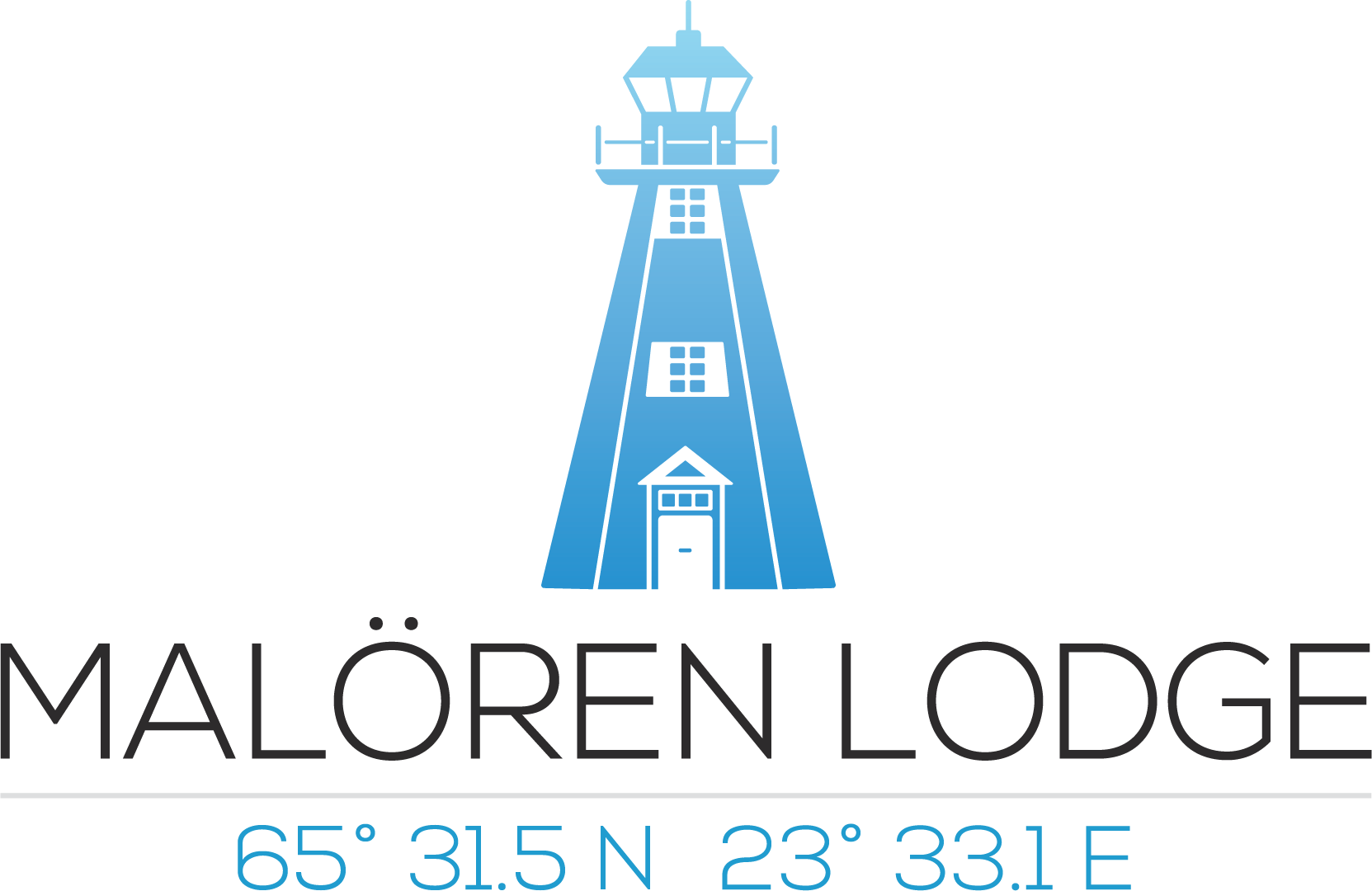History of Malören
It was during the 17th century that fishermen began to build small fishermen cottages on Malören. This was made in order to harvest the richness of the sea in a more convenient way than before.
The Baltic herring culminated in the second half of the 18th century. At that time, as many as 70 boat teams, both self-supporting fishermen from Karlö and employed fishermen from Tornio, could be on the island at the same time.
The observatory
At the end of the 18th century an observatory was built a bit southeast of the church on Malören. At that time, the professor Jöns Jacob Svanberg, a native of Kalix, performed measurements to determine the shape of the Earth.
During the coldest winter nights between 1802 and 1803, Jöns Jacob Svanberg made measurements by which he determined the latitude of Malören to 65 31 30. The exact value of Malören's latitude is today determined at 65 31 41.2, so Svanberg's over 200 years old measurements can still be said to “fill the bill”.
In 1806, Jöns Jacob Svanberg was awarded a prestigious award from the French "Institute National" for the best astronomical work of the year.
The Finnish war, 1808-1809
By the time when the Finnish war was fought between Sweden and Russia, Finland belonged to Sweden. The Russian Tsar, Alexander I, received support from the French emperor Napoleon during the war against Sweden.
On March 25th, 1809 the Swedish army was forced to surrender in Kalix and Finland accrued to Russia. Until 1809, Malören was owned by Finland. However, Finland had belonged to Sweden for almost 600 years before that. Sweden gave up Finland and Åland as well as countries east of Muonio and Tornio Rivers, but could keep Malören, which was now only Swedish.
In the 1700s, the island was inhabited by Finnish fishermen from Tornio and Karlö. Since Maloren now became Swedish, it was considered that a Swede would be harbormaster and in year 1895 it was announced that Per Bergström, native from Kalix, was given the post.
When the Bothnian trade ban was repealed in 1765 larger ships began to appear in the Gulf of Bothnia, and the need for safer sea lanes emerged from Maloren into ports, sawmills and industries. Therefore, it was decided that beacons, or navigation marks, were to be built on Maloren and that sea lanes would get proper markings. This was the starting point for the development of the cross-country labeling of sea lanes and the pilotage of Malören to begin.



